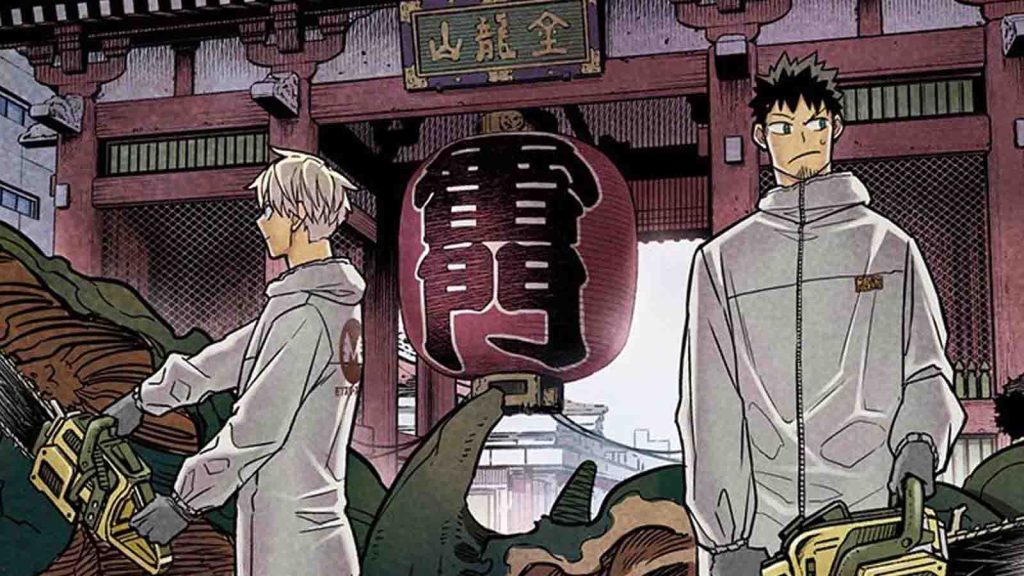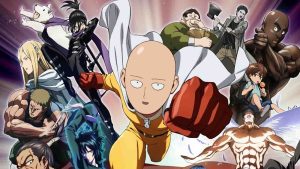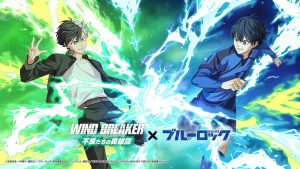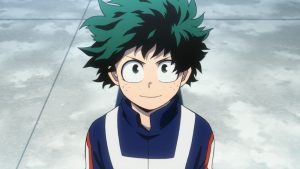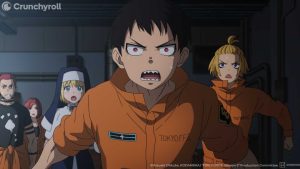When Kaiju no 8 reached its final chapter, it felt like the end of an era, but not quite the grand send-off many hoped for.
The manga’s finale tied up its central conflict and delivered emotional closure for Kafka Hibino, yet something about it didn’t fully click.
The Kaiju no 8 manga ending manages to wrap up the story neatly, but it struggles to live up to the energy and emotional weight that defined its earlier arcs. It’s not necessarily a bad conclusion, but it leaves you wondering if it could’ve been more.
Kaiju no 8 manga ending explained
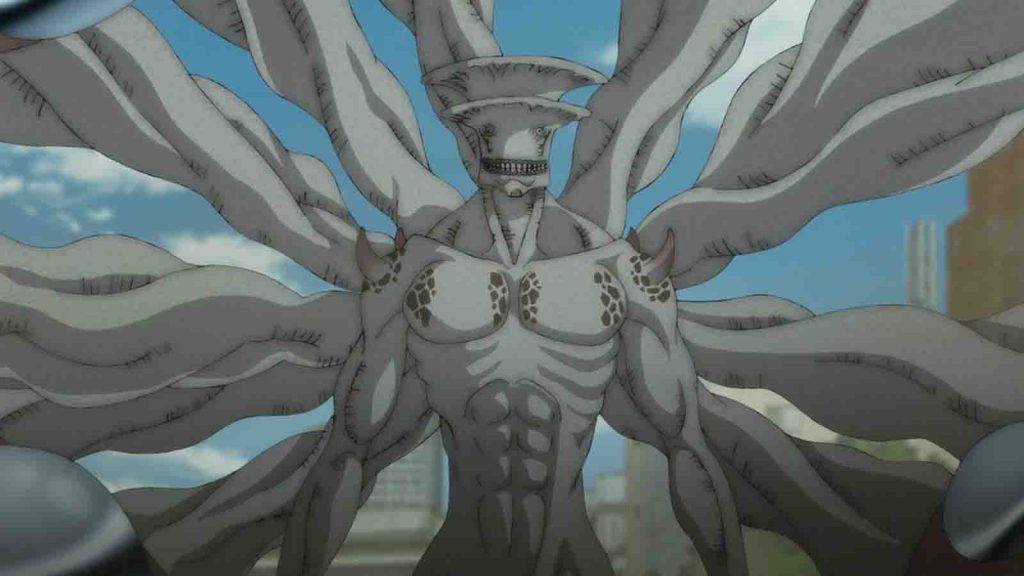
Kaiju no 8 officially came to an end with chapter 129, closing out mangaka Naoya Matsumoto’s five-year-long story that spanned fifteen volumes. The finale concludes Kafka Hibino’s journey, his last fight against Kaiju no 9, and what became of the Japan Anti-Kaiju Defense Force after the events of the Last Wave Arc.
In the final showdown, Kafka fully embraces his monstrous form to stop Kaiju no 9 and the Daikaiju of the Meireki Era. His sacrifice comes at a heavy cost as he loses his humanity in the process, but the world is saved.
However, thanks to Isao Shinomiya’s final act of selflessness, Kafka is eventually restored to human form. Isao’s heart replaces Kafka’s destroyed Kaiju core, allowing him to survive while still retaining a portion of his hybrid powers. It is implied that Isao’s spirit, along with the will of ancient samurai, continues to lend their strength to Kafka, symbolizing the unbroken bond between humanity and its defenders.
Kaiju no 9’s remains are secured in a top-secret facility, where six other powerful Kaiju are also preserved for research. Among them, Kaiju no 12 shows a strange compatibility with vice commander Hoshina, though the idea of turning it into a weapon remains under review due to its danger.
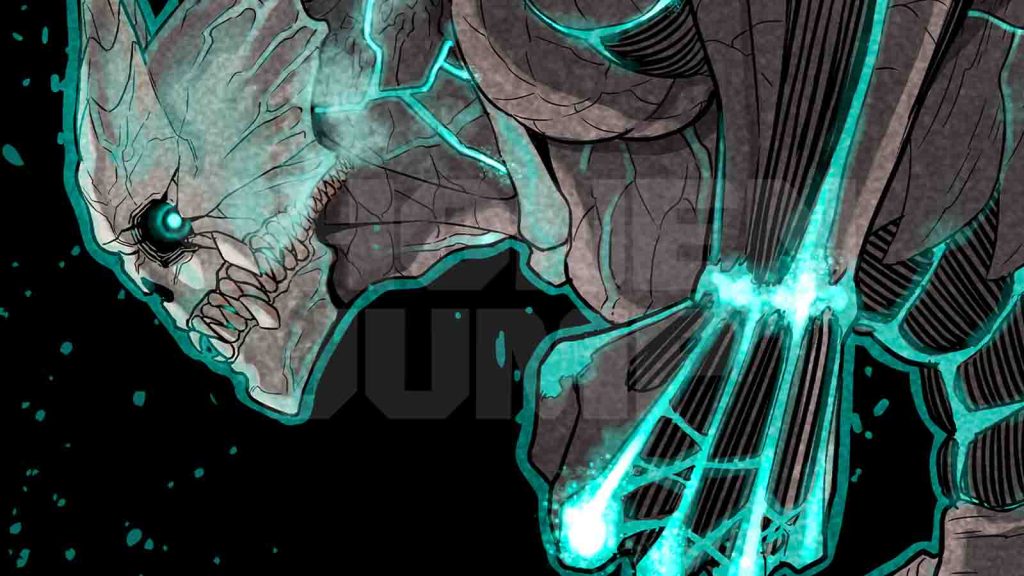
After recovering from a four-month coma, Kafka returns to the Defense Force and is promoted to platoon leader of a new unit called Field Analysis Support under the Third Division. His identity as Kaiju no 8 is kept secret for security reasons, but his mission continues.
In essence, Kafka’s story ends not with retirement or tragedy, but with a quiet continuation of his lifelong goal to protect others alongside his friends.
Mina Ashiro’s reunion with Kafka is short and restrained, reflecting her disciplined nature as a commander. While some readers may have expected a more emotional or romantic closure, their final interaction reinforces the manga’s focus on camaraderie and duty over sentimentality. The emphasis remains on Kafka keeping his promise to return to the Third Division, where his friends await him.
The manga’s ending also shows how humanity rebuilds in the aftermath of the Last Wave Arc. The Defense Force’s reputation improves significantly, with enlistment applications rising to four times the usual number. Public confidence is restored, and people begin to see the Defense Force not as a military tool, but as a symbol of hope and resilience.
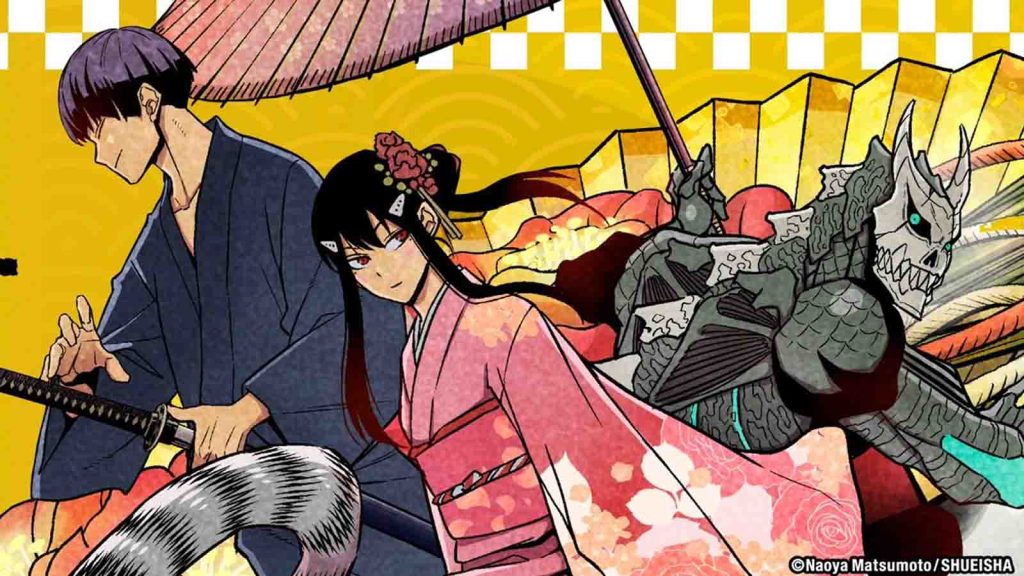
Several supporting characters also find closure. Kikoru Shinomiya is promoted to Vice Commander of the First Unit, carrying on her family’s legacy and striving to surpass her mentors. Leno Ichikawa, Iharu Furuhashi, Haruichi Izumo, and Aoi Kaguragi are each promoted to platoon leaders, proving how far the Third Division has come since the start of the story.
In the end, Kaiju no 8 closes on a message of persistence rather than finality. The Kaiju threat still looms, but the world stands stronger, and Kafka continues the fight. It is a reminder that even after victory, the will to protect never truly ends.
What the Kaiju no 8 final chapter got right

At its core, Kaiju no 8 was built on a premise that worked immediately: humanity versus colossal monsters. It’s an idea that’s hard to get wrong, but Naoya Matsumoto managed to give it a heart by centering it around characters that were easy to care about.
The manga’s greatest strength lies in its cast, particularly Kafka Hibino. Having an older protagonist instantly set the series apart from its peers. Kafka’s journey wasn’t about limitless potential or youthful ambition, but about perseverance, regret, and the need to prove that his time hadn’t passed. That human side of him made the story’s early chapters most memorable.
The Defense Force itself was another highlight. Rather than focusing solely on front-line heroes, the series gave equal attention to those working behind the scenes. It portrayed an organization that actually functioned, a balance of soldiers, support operators, and leadership working in sync. This made the world of Kaiju no 8 feel structured and lived-in. Every mission showed that survival wasn’t just about brute strength, but also about trust, coordination, and preparation.
Matsumoto’s approach to action was a highlight of the series — battles felt intense and cinematic, filled with a sense of teamwork that reflected how far each member of the Defense Force had come. It was never just Kafka carrying the fight; it was a collective effort. That focus on unity gave the manga’s larger conflicts emotional weight, especially when characters fought not for glory, but to protect one another.
What ultimately made Kaiju no 8 special, even up to its ending, was its sense of camaraderie. Beneath all the destruction and chaos, the manga was about people relying on each other to stay human in the face of overwhelming odds.
The relationships between Kafka, Ichikawa, Kikoru, and the rest of the Defense Force gave the story warmth and purpose. It showed that even in a world filled with monsters, what truly defined humanity was connection and shared resolve.
What fell short in the Kaiju no 8 manga finale
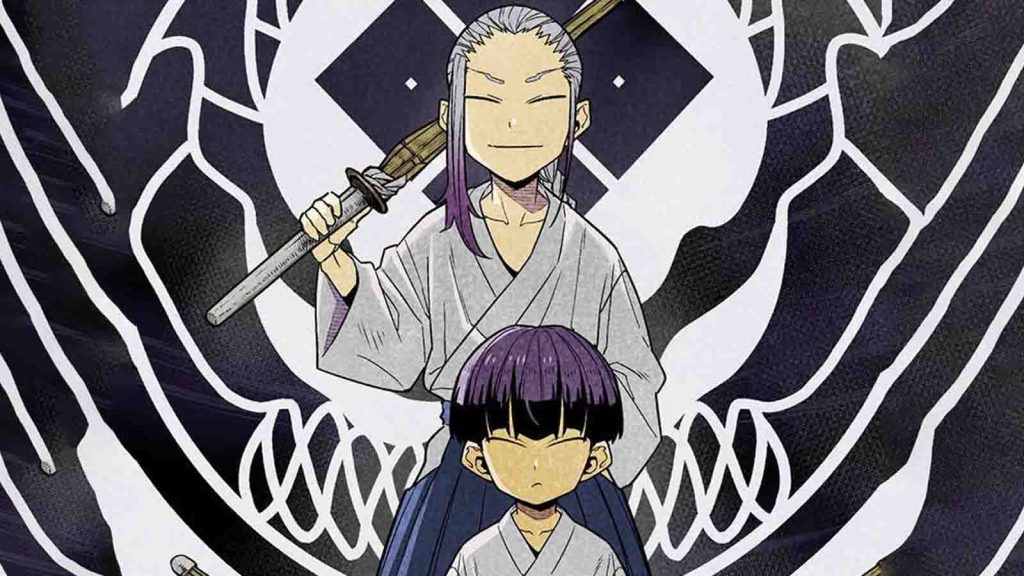
For all the things Kaiju no 8 got right, its ending revealed some of the same cracks that had slowly formed in its later arcs. What began as a fresh take on the shonen formula gradually became a more conventional story, losing sight of what made it stand out in the first place.
Kafka Hibino’s biggest strength as a character was always his age and perspective. He wasn’t a teenager discovering his potential, but an adult fighting against time and expectation. That angle gave the story a maturity rarely seen in the genre.
However, the manga never fully committed to exploring that idea. Kafka’s experience and self-awareness were set aside as the series focused more on spectacle than on what it meant for someone his age to risk everything for a dream. It’s a missed opportunity that could have defined Kaiju no 8 as something truly different.
The pacing of the final act also worked against the story. Once the Last Wave Arc began, it felt as if the manga was in a rush to close everything out. This came at the expense of several supporting characters who could have added depth and emotional range to the world.
For instance, Soichiro Hoshina, the captain of the Sixth Division and brother of Soshiro Hoshina, was introduced with clear potential to expand on the Defense Force’s family dynamics and values, but his role was never explored. The same goes for Jugo Otaga, captain of the Fourth Division, whose connection to Hikari Shinomiya could have shed more light on the Defense Force’s earlier generations and its ties to Isao and Kikoru.
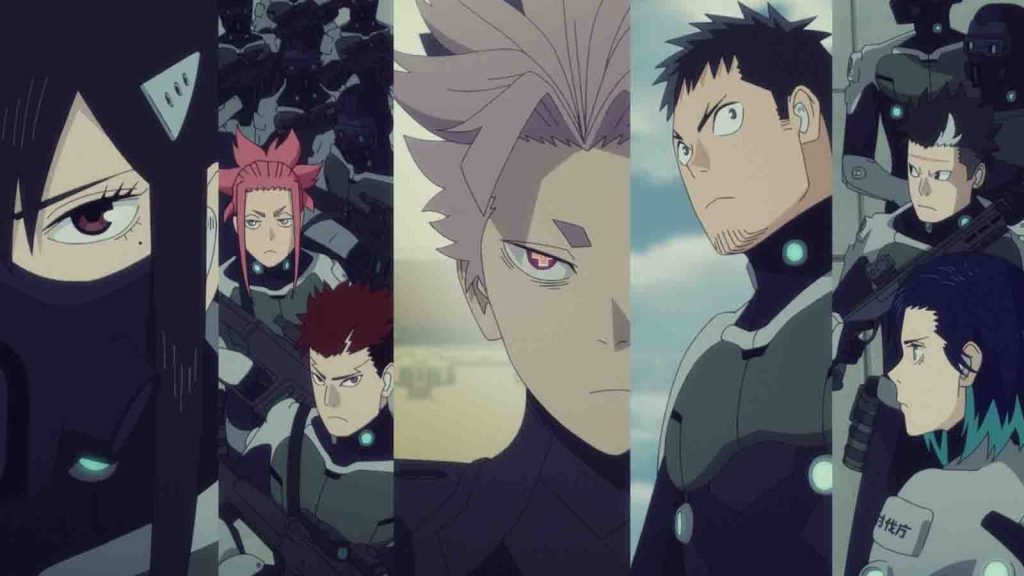
The handling of the antagonists also left a lot to be desired. Kaiju no 9 began as an intriguing threat, capable of blending into humanity and manipulating events from within. Yet despite that promising start, he never evolved into a complex or memorable villain.
His motivations were surface-level, and the absence of other major Kaiju with distinct personalities made the conflict feel repetitive. For a story about humanity’s struggle against monsters, Kaiju no 8 didn’t give its monsters enough variety or meaning beyond destruction.
Perhaps the most divisive aspect of the manga’s conclusion is how safe it felt. Nearly every major character survived, and most received a happy ending. For a story built on sacrifice and perseverance, the lack of real loss softened the emotional impact.
Even Isao Shinomiya’s death, while powerful in the moment, ended up feeling more functional than tragic. His sacrifice neatly resolved Kafka’s internal conflict and the final battle, but it also gave the impression that Isao was ultimately more useful in death than in life.
Kafka’s final moments in the story also lacked the gravity they deserved. After accepting his fate, his sudden recovery through Isao’s heart felt more convenient than earned. And by allowing him to retain his Kaiju powers afterward, the manga reopened questions it had just closed. The idea of Kafka continuing as Kaiju no 8 in secret could have worked as a new beginning, but instead it weakened the sense of closure that the finale had already established.
In the end, the Kaiju no 8 manga ending wrapped up its story but not its promise. It resolved the surface-level conflicts but avoided the risks that could have made it unforgettable. For a series that began by challenging conventions, it ended by playing things far too safe.
READ MORE: Jujutsu Kaisen watch order: Best way to watch all seasons and movies

